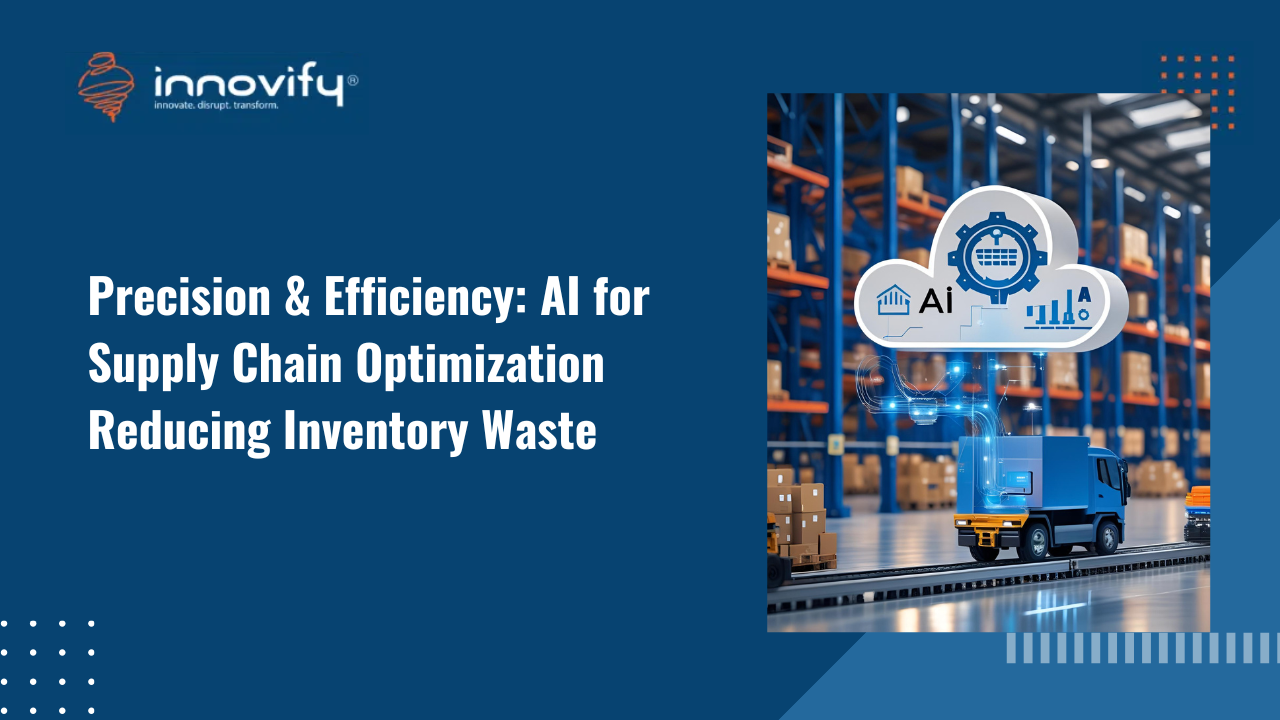Innovation
8 Steps to Optimize Your Continuous Testing Strategy
Automating and streamlining the entire software delivery lifecycle is what DevOps is all about. Most organizations use continuous integration (CI), a DevOps testing strategy that starts with adopting agile best practices to achieve faster product deliveries.
In order to detect errors and conflicts as soon as possible, developers check in code to a shared repository several times a day.
When requirements change, automation frameworks and CI tools such as Jenkins and Bamboo are used to build, test, and deploy applications automatically in order to accelerate the release process.
Sounds confusing? Let’s simplify the anatomy of continuous testing.
What is Continuous Testing?
Continuous testing is often misinterpreted to mean testing every day or every batch of code, which is totally incorrect.
Continuous testing, also known as incremental testing, refers to the process of testing software at each stage of the Software Development Life Cycle (SDLC).
Because developers go through phases of coding, from downloading code dependencies to versioning the code into production-ready software, continuous testing ensures that every step is ready for release.
Why is Continuous Testing Essential in DevOps?
Continuous testing is inextricably linked to DevOps software development. Its value to the DevOps pipeline is incalculable, as the following points demonstrate:
Continuous Feedback Mechanism
The primary objective of implementing DevOps methods for software development is to shorten Time To Market (TTM) or accelerate release cycles by connecting development and operational teams.
Here, continuous testing ensures that DevOps’s objectives of increasing development velocity and reducing communication latencies between teams are fulfilled.
Early Detection of Errors
A report by CISQ found that operational software failure accounted for nearly ¾ of the total cost in the US.
Therefore, quality is the most significant factor in determining a software product’s success. If a sufficient amount of attention is not given to software quality, operational failures will occur.
Continuous testing can help prevent this problem. In addition, continuous testing ensures that the DevOps pipeline maintains its natural agility, as it continuously checks various elements of a software product to verify that it is free of defects.
Enables Ubiquitous Test Environment with Service Virtualization
Testing virtual services is an important component of test environment management and shift left testing.
Continuous testing ensures that testing occurs parallel with development—including cloud-based, API-driven, or other component-based apps.
It also allows testing teams to access system components that are crucial for muscle and Application Under Test (AUT) without negatively impacting the production environment.
Continuous testing seems like an integral part of DevOps. However, to make all these benefits real, DevOps teams require a continuous testing strategy.
But many IT teams find it challenging to create and implement a continuous testing strategy.
Why? Let’s find out.
5 Common Challenges with a Continuous Testing Strategy
The continuous testing approach can eliminate testing as a bottleneck for swift software development and distribution. The path to achieving Continuous Testing, however, has its own problems, which are the most common ones listed below.
1. Not All Project Roadmaps Support Continuous Testing
Continuous testing requires a test automation system. Is it possible to automate almost all of a product’s test cases to achieve strong automated testing?
The answer is ‘no,’ not always! If a project roadmap isn’t designed to keep testability in mind, continuous testing may remain a distant dream.
2. Lack of Faster Feedback Loops
Continuous testing requires feedback loops in the system so that you can collect feedback in real-time.
Unfortunately, for many DevOps setups, such feedback loops are absent. As a result, they experience a delay in taking action, which subsequently results in a lower quality product.
3. Absence of Testing Automation Infrastructure
In order to practice continuous testing, organizations need to create and maintain additional test environments, as well as maintain and keep them up and running around the clock. They may also need sophisticated tools to provide faster feedback loops.
Most organizations do not plan for the financial demands that continuous testing will put on them, resulting in budget constraints.
4. Attempting to Automate Every Test
The need for continuous testing presents a problem – we’re striving to automate everything.
As a result, test suites become excessively large and difficult to maintain, as well as take longer to test than they themselves do. Furthermore, they cannot be run continuously, so they contradict the whole purpose of automation.
5. Choosing Popular Tools over Suitable Tools
Choosing the right tools to build our DevOps pipeline is difficult because there are so many options available. As a result, organizations are often tempted by the most popular tools, which typically offer the best features and quality.
However, taking a safe bet with the most popular children on the block might be an expensive blunder in the long run because not every tool is meant for every case.
So how does one overcome all these challenges of implementing continuous testing in a DevOps environment?
Here are the best practices for implementing a continuous testing strategy into DevOps.
Implementing a Continuous Testing Strategy for DevOps
Here is how you can implement the continuous testing strategy to enforce DevOps.
1. Foster Seamless Communication
The testing pipeline for enterprise applications must not be isolated from its objectives. Although diverse team structures may work on different aspects of the application or application suite, leaders must ensure that communication channels are open and clear.
When interdependent teams are working on tasks, it is crucial to communicate often and flawlessly in order to avoid delays in testing timelines and to avoid wasted time due to communication problems.
2. Leverage Multi-Layered Testing
QA teams should take a multi-phase approach to test to ensure that the development process is adequately covered.
As a result, testing teams should leverage continuous integration testing, system testing, unit testing, database testing, and other testing methods to ensure that modern technology architectures such as microservices, which are increasingly used in SaaS-based development projects, are properly tested.
3. Identify Gaps in the Existing Testing Methods
Prior to beginning continuous testing, you must understand the problems it will solve. Look through your existing testing artifacts to see if you can use continuous testing to solve them.
Examining the current testing process (manual, automated, and exploratory testing) should give you an idea of the number of production defects found; and the barriers to a quick feature release.
This will help you determine how you can implement continuous testing and what tests you will need to run during the development process.
4. Set Up the Infrastructure for Continuous Testing
To implement a seamless continuous testing pipeline, DevOps teams need to have the right infrastructure support. This will include:
- Reforming the DevOps team
- Unifying development, staging environments, and testing with production-like data
- Improvising the deployment process
- Implementing containerization through Kubernetes and Docker
- Using cloud infrastructure for deploying and running tests quickly
- Setting up automated testing for code in order to check it at every facet of development
- Utilizing service virtualization for API testing
- Using continuous integration/deployment tools to automate the build, deploy, and release cycles
- Leveraging monitoring tools to have insights into the entire development cycle
5. Identify the Right Set of DevOps Tools
Continuous testing is an inseparable part of DevOps automation, but the tools must also be deployed in other areas of test environments as well.
Modern testing platforms and tools must be integrated into the DevOps ecosystem in order to eliminate manual overheads and reduce monotonous testing operations, thus allowing testing professionals to focus more on testing than on testing support.
The types of DevOps tools you need to consider include:
- Database tools
- Version control tools
- Container management tools
- Deployment and server monitoring tools
- Configuration management tools
- CI/CD tools
Also, teams should employ people who are skilled at using these tools throughout the development process. They should be able to examine reports, troubleshoot issues, and fix them as soon as they arise.
6. Adopt the Continuous Mindset
Testing should be seen as an integral part of the development process rather than as something limited to a specific timeframe.
You should adopt a continuous testing pipeline mindset, in which testing is part of everything rather than something that occurs only at certain times. You should provide sufficient training to help people adjust to this new approach.
Testing on the left should be the norm going forward, and teams should embrace it.
7. Infuse Hyper-Automation
Automated tests are the glue that binds CI and DevOps pipelines together. By performing automated tests properly, you can shorten release cycles and increase their reliability.
Although it’s a challenge, everything that can be automated should be automated. This includes unit, deployment, smoke, integration, security, regression, and performance testing.
Testers play an important role in the DevOps and CT process by starting automation early so that defects can be found as early as possible.
8. Establish Continuous Feedback
It is pointless to set up a continuous testing pipeline with no measurements to see if it is working properly and thereby wasting resources.
Here is how you can measure the effectiveness of a continuous testing strategy:
- Conduct daily standups and retrospective meetings, and gather individual feedback on things that need to be improved.
- Use the right set of KPIs to measure the results.
- Analyze and discuss the results of your continuous testing process with your teams on a weekly basis.
- Improvise as per the feedback.
Setting up a successful continuous testing strategy is an iterative approach, which means the more you analyze the results, the better you manage the process.
Here are some KPIs you can track to measure the effectiveness of your continuous testing process:
- Test case coverage
- Unit test coverage
- Requirements covered in the tests
- Total no. of tests executed
- Success rate
- Test pass/fail rate
- API pass/fail rate
- Blocked test cases
- automated/manual test case ratio
- Critical defects
- Code coverage
- Total no. of new defects discovered
Continuous Testing is a Strategic Move
Continuous testing is a critical element of DevOps that enables higher test efficiency and guarantees long-term application success.
Moreover, it is an excellent way to integrate into the agile development ecosystem, which is crucial in today’s digital transformation initiatives, and Innovify is one such fastest-growing digital innovation & product management company that helps you develop innovative products that take your business to new heights.



